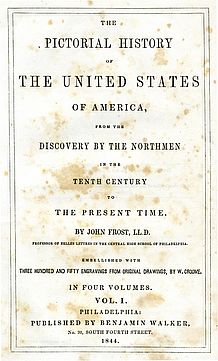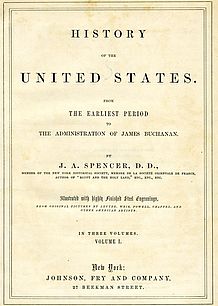Introduction: Anti-Pictorialism and the Emergence of Visual Literacy
Visual images are viewed today as indispensable aids to the study of history (as the existence of this website will attest). For a new generation of visual learners, images and words are inextricably linked, and visual literacy is a central component of most history curricula.
This has not always been the case, however. In the eighteenth-century images and words were viewed by many as incompatible and even adversarial. Eighteenth-century literary criticism was dominated by an “aesthetic of invisibility” that proclaimed deep truths to be “imageless” and that favored language over art as “the best available medium for evoking that unseeable, unpicturable essence.” A reaction to the pictorial excesses of the baroque period, this anti-pictorialism grew naturally from the suspicion that images corrupted the mind and from the belief that the best protection against such defilement was the transcendent power of language. The result was “the triumph of the word” in eighteenth-century critical thinking, a victory of words over images. When visual images did appear in eighteenth-century books, they were often little more than decorative or ornamental devices designed to embellish but not to engage or challenge the written word.[1]
“Picturing the Past” seeks to demonstrate how promoters of visual history overcame this iconophobia by tracing the visual channels through which historical ideas entered the national consciousness in the nineteenth century. By focusing on the production history of two major illustrated histories from the mid-nineteenth century (John Frost’s Pictorial History of the United States [Image 1] and Jesse Spencer’s History of the United States [Image 2]), the exhibit suggests how visual images gradually became first acceptable, then desirable, and finally indispensable to historical thinking. It also proposes answers to the following questions: In what ways is the past understood differently when it is presented in pictures and words rather than in traditional literary form merely? How do illustrations interact with the narrative discourses in these volumes and how do various word/image combinations condition, alter, and even distort the past? What does the popularity of pictorial history tell us about the visual literacy and reading habits of nineteenth century Americans?
“Picturing the Past” treats the work of three major categories of contributors to the development of the genre of illustrated histories in the nineteenth century: publishers, historians and artists. Using an interactive format, the exhibit allows viewers to consider independently the priorities of representatives from each profession by clicking onto the unshaded portions of the Venn diagram marked “publisher,” “historian,” and “artist.” It then encourages viewers to understand three kinds of dual collaborations in these pictorial histories—the interactions between writers and artists, between artists and publishers, and between publishers and writers, respectively—by clicking onto the lightly shaded areas of the Venn diagram where overlapping interests and concerns are identified. Finally the exhibit asks viewers to explore the three-way collaborations among publishers, historians and artists in the production histories of these pictorial books by clicking onto the darkly shaded center area to find a slide show of images and text from the completed works by Frost and Spencer. The structural design of this exhibit is intended to recapitulate its collaborative themes, as it was the integrity and durability of the various combinations of interactions between and among these publishers, historians and artists that often determined the marketability and longevity of a pictorial history.


